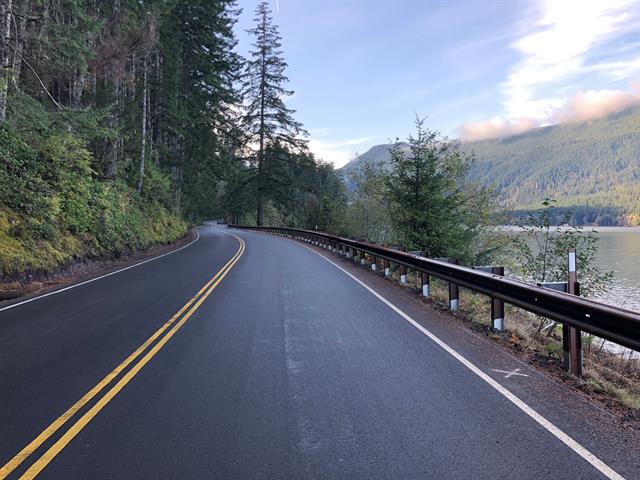 Darren Cottingham |
Darren Cottingham is director of DT Driver Training, a provider of online training courses for drivers of forklifts, trucks and cars.
We have an unusual scenario in New Zealand whereby, if you would like to drive a forklift on a road (or anything that the NZ Transport Agency determines is a road, like a wharf, right-of-way, footpath or beach), you need to sit a separate qualification called an F endorsement, which is then applied to your driver licence.
If you're happy driving a forklift in a warehouse or a closed yard, you'll just need an operator's certificate; but if you want to unload a truck from the kerbside, or part of your work area is half-way down a right-of-way with other businesses further down, technically you need an F endorsement.
So, while we have NZTA and its related industry training organisation, MITO, administering the F endorsement, we have WorkSafe, the nation's health and safety watchdog, responsible for the safe operation of forklifts on private property via the Approved Code of Practice.
 Heading for the highway? Not on a forklift. |
If there's anything worse than one government organisation being involved in something, it's two, and someone with uncommon sense has proposed that we ditch the F endorsement (something that looks like it will finally happen in 2020).
You only do the F endorsement once, most commonly when you do the forklift operator's certificate, but the three-yearly operator's certificate refresher courses are silent on driving on the road, which leaves business owners in New Zealand with no easy place to get up-to-date information on best practice.
Most developed countries have a set of simple requirements for driving a forklift on the road, such as:
- The driver must hold a full driver licence in an appropriate vehicle weight class.
- The forklift must be insured and have current tax, registration and other required documents and plates for driving on the road.
- The forklift must not present a danger to the public, i.e. it's roadworthy.
- The forklift must not be driven any more than a certain distance (eg. 1,000 yards in the UK, South Africa and America).
- The forklift must have the required lights, reflectors and a working horn.
- The load mustn't exceed a certain dimension, eg. forward distance shouldn't be more than 3 m, etc.
From a health and safety point of view, there are other considerations and it's good for warehouse managers, business owners and forklift operators to periodically talk about the impact of the following challenges when driving on a road:
- Does the load need to be strapped to the forks? If the load comes off, a fine for an unsecured load is rubbing salt into the wound. Driving over a kerb is quite a bump and drivers should go across diagonally.
- Other road users don't often experience forklifts on the road and may not know how to react, so it's important to have a traffic management plan, by either separating the loading area using cones or barriers or using a spotter. If traffic is too busy, you can always wait until it dies down.
- Is the forklift visible? Forks are very difficult to see side-on in low light. Sunstrike creates additional visibility challenges.
- Pedestrians are more and more distracted by their phones, but also could have restricted visibility if carrying an umbrella.
- It's not just pedestrians affected by bad weather: forklift drivers have very little protection. Rain will make the forks, controls and road surface slippery and could make some loads heavier or less balanced. High winds can make loads unstable. General gloomy weather reduces visibility.
- The road has a camber which means that when loading a parallel parked truck from the rear, both the truck and forklift are leaning around 2 degrees towards the kerb. This camber also makes it easier for the forks to hit the pavement when crossing the kerb from the pavement to the road and vice versa.
- A road surface is less controllable than in your yard or warehouse. Potholes can unsettle loads. Slippery patches can affect steering or drive axles.
- Will the axle loading exceed the maximum permitted for a road? If so, it could cause damage to underground services or cause subsidence or cracking, especially around manhole covers and drains.
- If you must park the forklift on the road, do it close to the kerb, forks down, tips on the floor, wheels straight, gearbox in neutral, parking brake on, and keys out of the ignition.
- Finally, you must follow the rules of the road, meaning giving way to traffic when it has the right of way, and obeying road signs and speed limits.
If you have forklift drivers driving on the road, check that they understand the specific hazards in your next toolbox meeting.